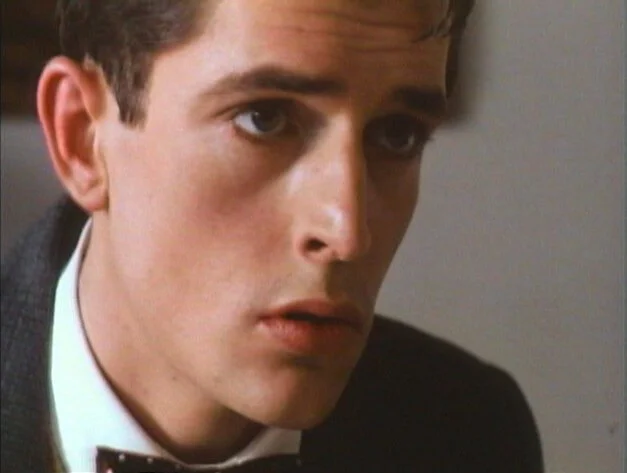Jerome Weathersby is informed by his headmaster that his father, a travel writer, has been killed in a Naples street accident – hit by a pig which fell from a collapsing fifth floor balcony. Jerome’s schooldays immediately darken; fellow pupils taunt him, and he grows into an inhibited chartered accountant. When his Aunt Joyce regales a prospective girlfriend, Amanda, with details of the shocking accident, Amanda responds with raucous laughter. But a later girlfriend, Sally, shares Jerome’s unsentimental viewpoint: “What happened to the pig?” she asks. A happy future seems assured.
After the radical questionings of his Arts Council film, Chance, History, Art... , James Scott’s latest production – made with help from the National Film Finance Corporation and Virgin Films – brings him into the orbit or conventional cinema for the first time. For this successor to Flamingo Pictures’ Couples and Robbers (on which Scott was a co-editor) pursues an identical aesthetic goal: a narrative short for commercial release (with Tootsie), as it happens), intelligently and elegantly presented. The goal may be relatively small, but Scott’s achievement remains distinctive. Graham Greene’s brief story (first collected in May We Borrow Your Husband?, 1967) is sufficiently embroidered to ensure dramatic ballast, but the deadpan dialogue and sly, cryptic atmosphere remain.
The film’s comic style crystallizes most clearly in the scenes with Jerome’s aunt (radiantly played by Barbara Hicks, a stalwart character actress, specializing in secretaries). Fond recollections of the deceased author’s pallid literary legacy and the dainty consumption of cucumber sandwiches are suddenly disrupted by allusions to the ‘shocking accident’; tea-time decorum is sabotaged. Scott presents Greene’s comedy of absurd social embarrassment with wry wit and clarity, helped by the eloquent underplaying of Rupert Everett and the crisp photography of Adam Barker-Mill (a regular Scott associate). The chief pleasure of A Shocking Accident, however, lies in its imaginative exploitation of the short-film time span: the succession of elliptical, clearly separated scenes makes the narrative resemble a chain of moving snapshots – matching the Italian tourist postcards that pointedly decorate the front and end frames.

